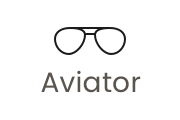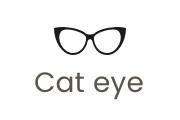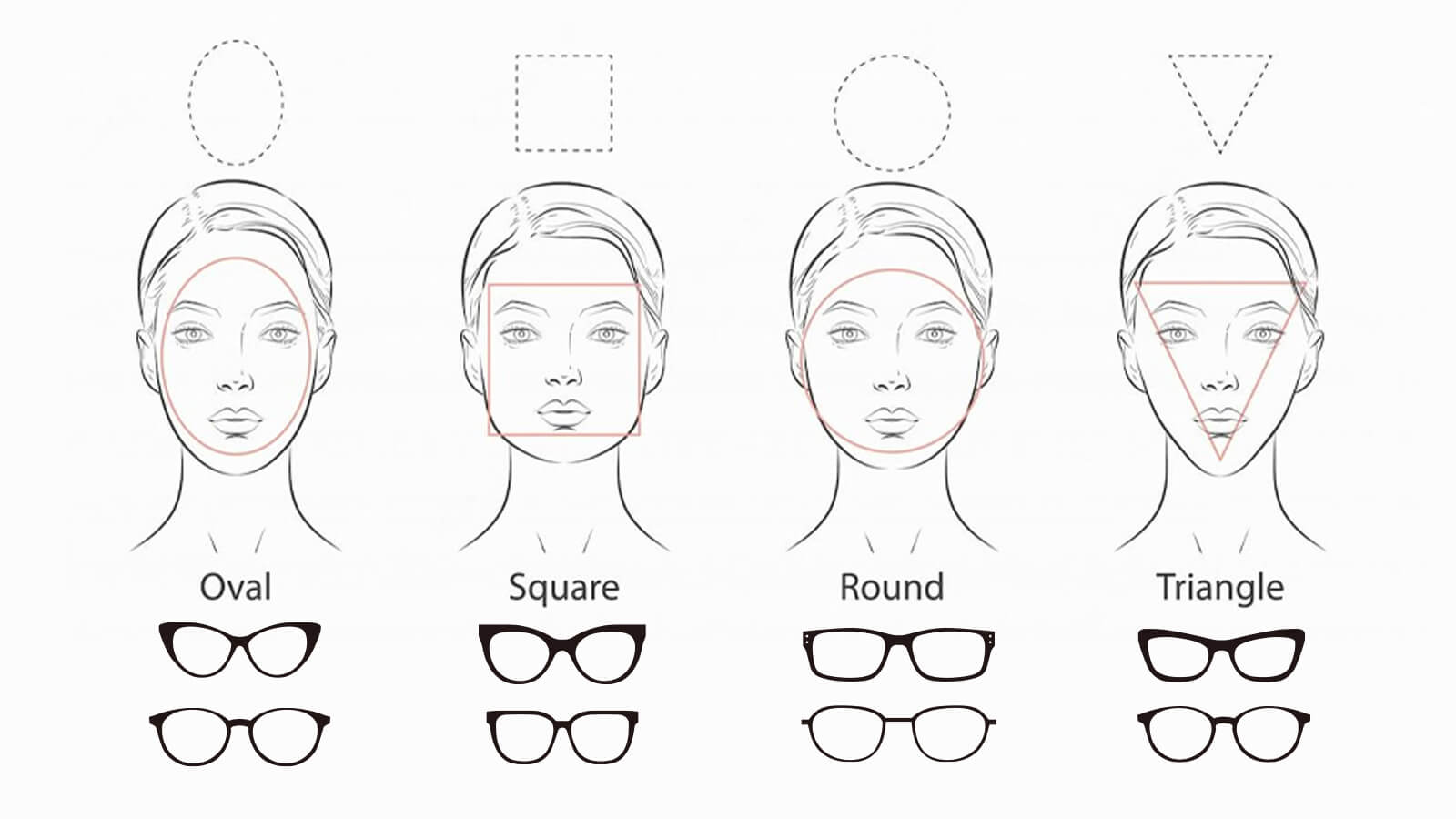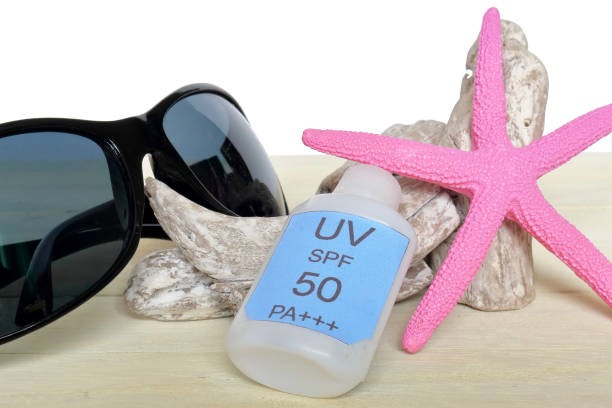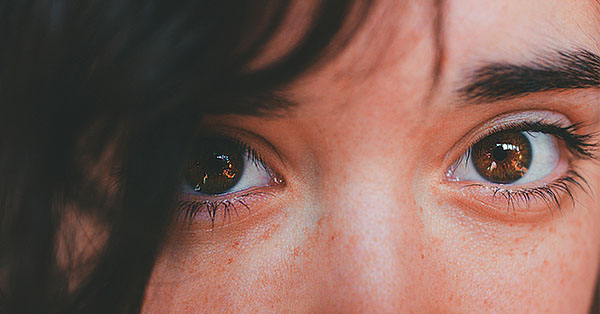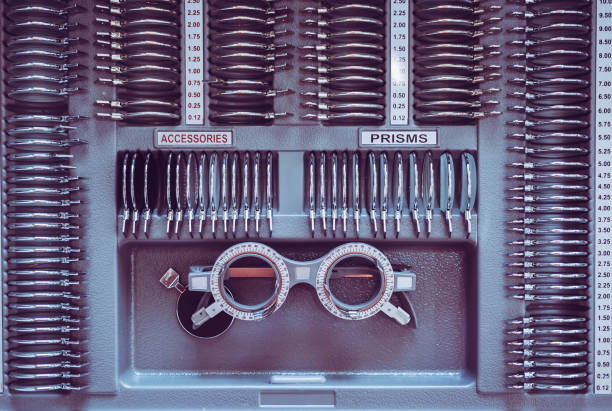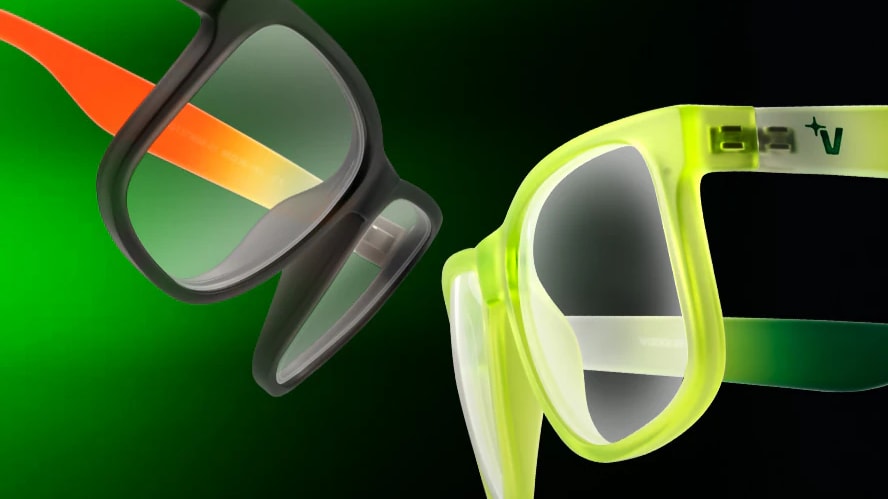
Guide to Picking Glasses That Suit Your Face Shape Perfectly
February 27,2023

What is Boho Style? A Comprehensive Guide to Boho-Chic Fashion
February 13,2025

Virtual Glasses Try On - Find Your Perfect Pair Online
April 02,2024

UV Protection Glasses VS. Blue Light Glasses - Vooglam
July 20,2023

Newest Style Modern Trendy Mens Glasses | Vooglam
March 01,2024

Stylish Reading Glasses: Blending Fashion with Functionality
February 16,2023

What are photochromic lenses & glasses?
September 22,2023

Brown Eyes: The Beauty of the Most Common Hue
September 01,2024

The chubby face glasses for round face female
August 02,2023

What are prisms in eyeglasses?
March 20,2023

What are Bifocal Lenses? - Vooglam
April 14,2023

How to Read Your Eyeglass Prescription?
March 11,2023
Are Anti-Fatigue Lenses the Right Choice for Your Tired Eyes?
Eye strain is no longer rare. Screens have quietly taken over our days and nights. From the moment we wake up, our eyes are locked in: scrolling through notifications, answering emails, hopping between laptops and tablets, then unwinding with a bit of streaming. It’s a digital dance that never seems to stop. But behind the glow of our devices, our eyes are working overtime. The result? Digital Eye Strain (DES) - a modern-day fatigue marked by blurry vision, pounding headaches, aching eyes, and that unmistakable sense of visual burnout. The more screens we juggle, the heavier it hits. This modern reality has prompted the optical industry to develop a new type of lens that targets the visual burden of digital life: anti fatigue lenses.
- Understanding Your Symptoms
- What Are Anti Fatigue Lenses & How Do They Work?
- Do Anti-Fatigue Lenses Really Work? A Look at the Evidence
- The Role of Blue Light Filters in Modern Eyewear
- Finding Your Fit: Who Should Get Anti-Fatigue Lenses?
- Getting Started with Anti-Fatigue Lenses
- Are Anti-Fatigue Lenses Worth It?
- Final Verdict
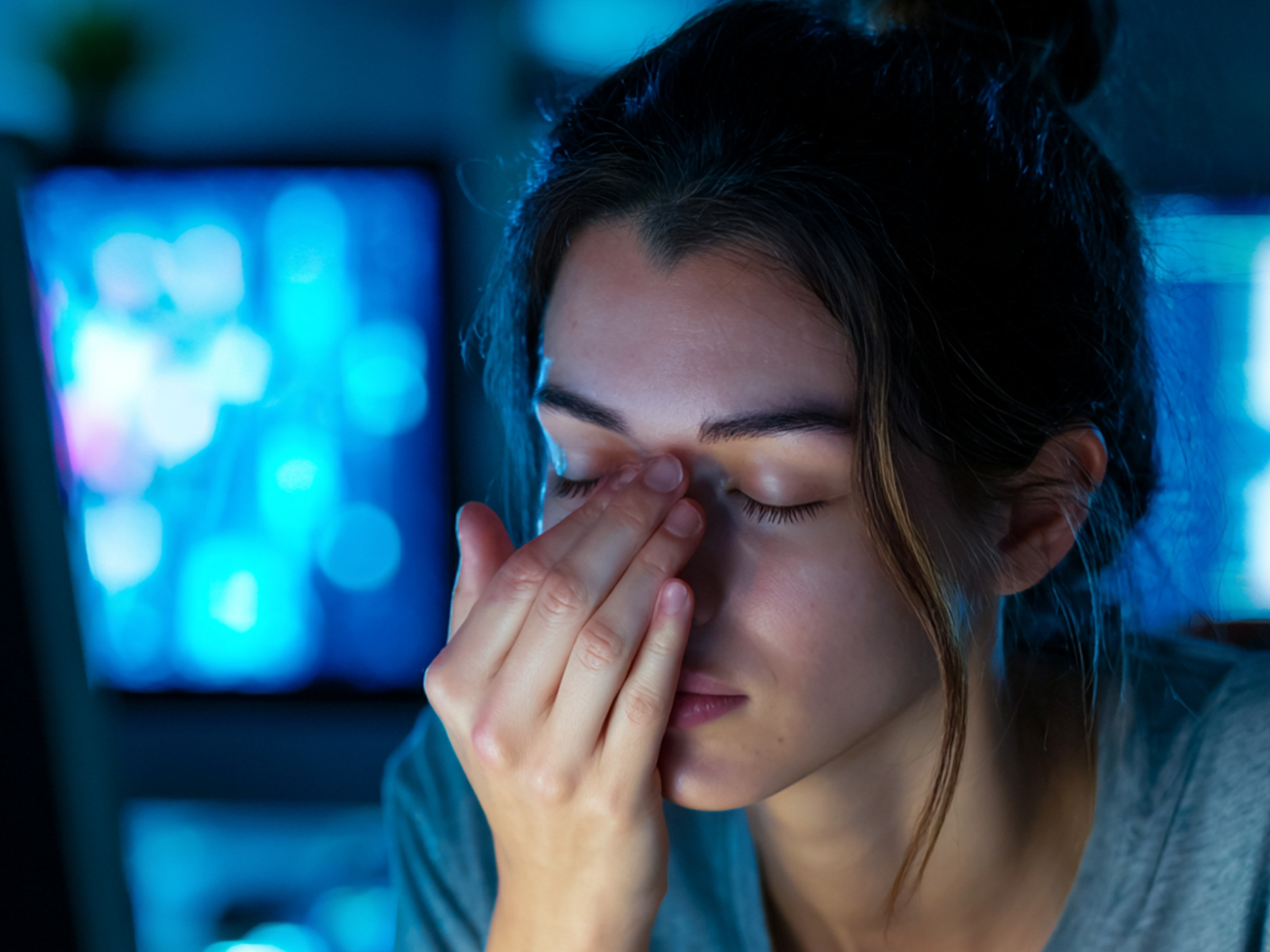
Understanding Your Symptoms
Digital Eye Strain does not have a single cause. It presents a mix of symptoms that fall into three categories:
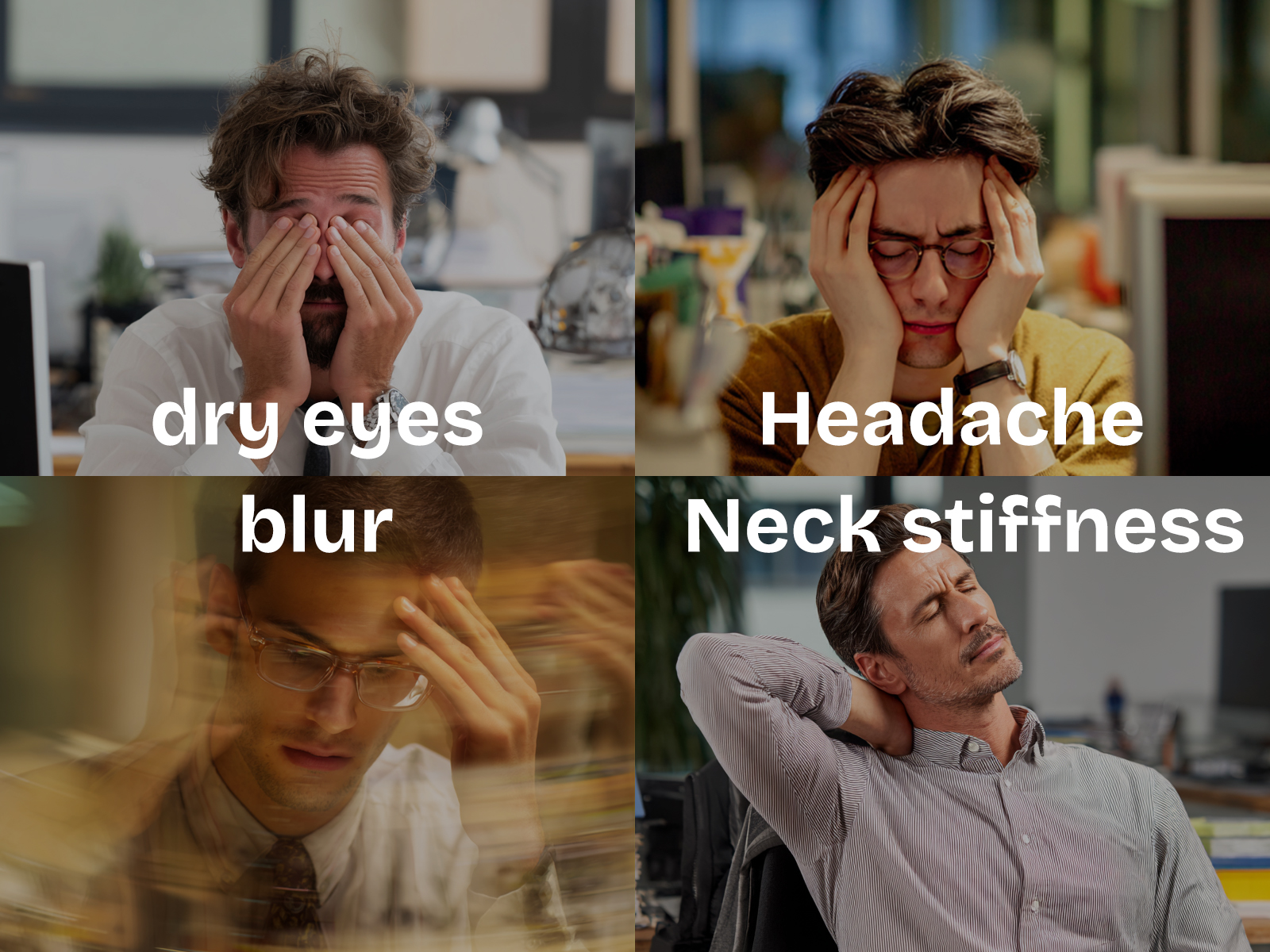
Accommodative Strain (Internal): This includes eye fatigue, focusing difficulties, and headaches. The main cause is the constant muscle effort needed to keep objects clear.
Ocular Surface Issues (External): These arise from reduced blinking during screen use. Dryness, burning, and redness often follow.
Musculoskeletal Issues: These include neck, shoulder, and back pain due to poor posture during screen time.
Anti fatigue lenses focus on the first issue. They ease the load on the eye’s internal focusing system.
What Are Anti Fatigue Lenses & How Do They Work?
These lenses are not quite single-vision, and not quite progressive. Instead, they represent a refined category called "enhanced single-vision." The key lies in their two-part design:
Distance Zone: This section offers your regular prescription for everyday tasks like driving or walking.
Boost Zone: This lower portion provides a mild increase in power. It does not magnify. It makes the muscles surrounding your eye relaxed, which is helpful when doing close work like reading or scrolling. Confusion about anti-fatigue lenses is as to how they are related to reading glasses. But they serve different purposes. Reading glasses help only with near vision and blurred distance vision. Anti fatigue glasses support both near and distance vision. You can wear them all day, move between devices and distances, and still see clearly.
Do Anti-Fatigue Lenses Really Work? A Look at the Evidence
The logic behind these lenses is clear. By reducing the effort required to focus on near tasks, they aim to reduce eye fatigue and strain.
The Case for Comfort
Many users say they feel better. Their eyes feel less tired. Their headaches lessen. Several short-term studies, often supported by the eyewear industry, also report high user satisfaction and improved comfort.
The Nuanced Reality
However, the scientific picture is not fully settled. Concurrents in large-scale trials with stronger designs do not show clear superiority over new, perfectly adjusted single-vision lenses; both improve symptoms, but the difference can be scanty or statistically insignificant. This suggests that even getting a new prescription can help, whether or not it has the "boost."
The Bottom Line
Comfort is personal. Some feel a meaningful difference with anti-fatigue lenses. Others do not. The relief may come from the lenses, the updated prescription, or the belief that they are using a premium solution. But if the lenses help someone feel better, the benefit is real, even if the reason is complex.
The Role of Blue Light Filters in Modern Eyewear
Many anti-fatigue lenses come with a blue light filter. But this feature should not be confused with the lens’s main function.
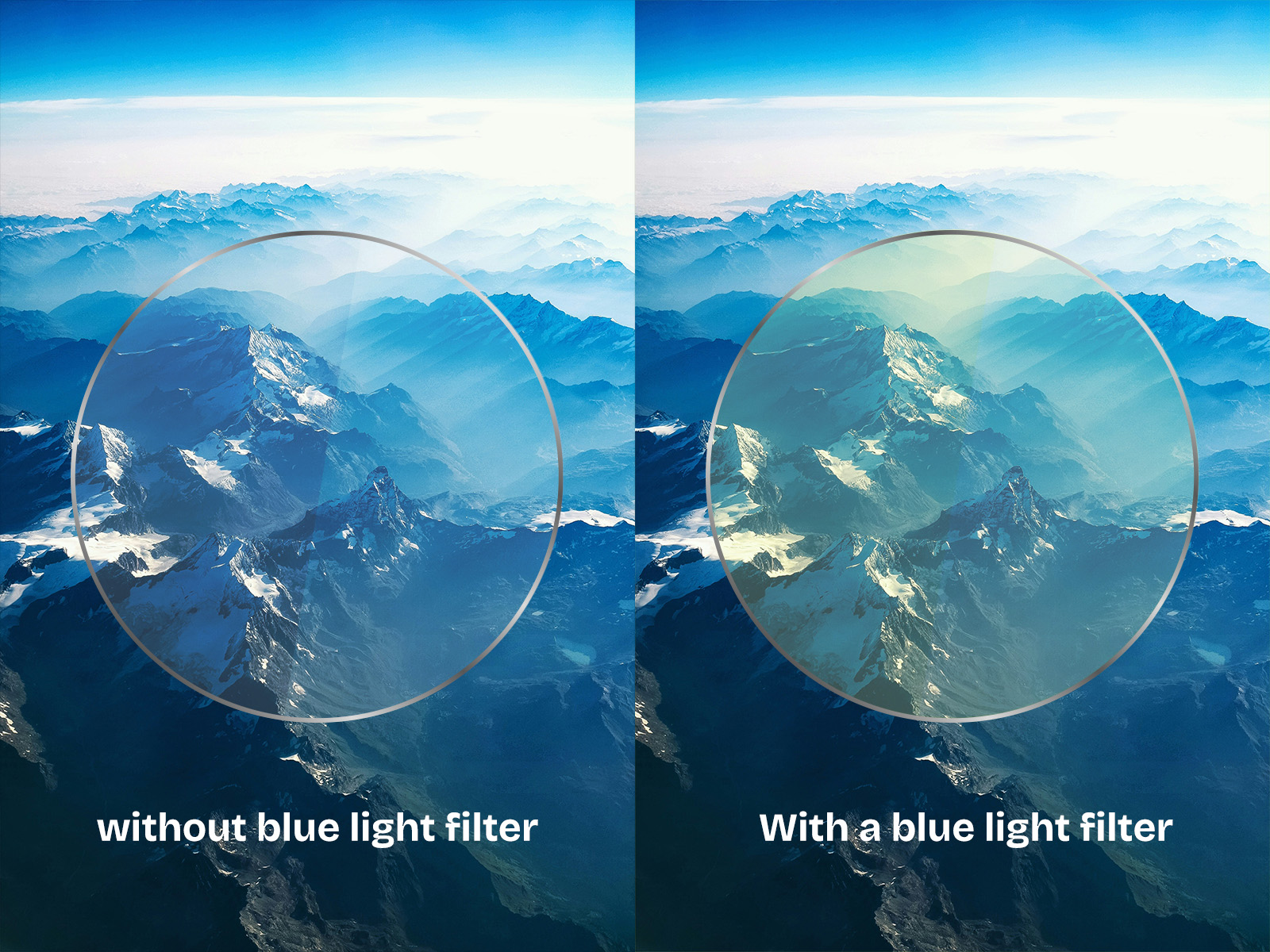
Clarifying the Technology
Blue light filters do not reduce accommodative stress. They simply alter how digital light appears. They shift the screen’s hue slightly, often making it warmer or softer.
Improving the Visual Experience
Some users say blue light filters make screens feel easier on the eyes. They reduce glare and harshness, which can make long hours at work or during gaming sessions more pleasant.
The “Peace of Mind” Effect
The idea of protection can be comforting. Even if blue light does not directly cause eye strain, knowing your lenses filter it out gives many people a sense of security and care.
Supporting Natural Sleep
Blue light exposure late in the day can interfere with melatonin production. This affects sleep quality. A blue light filter may help support more restful sleep if you use screens before bedtime.
Finding Your Fit: Who Should Get Anti-Fatigue Lenses?
The Ideal Candidate
These lenses serve people aged 18 to 40 who spend hours on near work. Common users include:
Students
Office workers
Designers
Gamers
IT professionals
Most useful for people showing symptoms of blurred vision, tension headaches, and difficulty switching focus between distances.
Who They Are Not For
People over 40 with presbyopia: They often need full progressive lenses for stronger support.
Those with dry eye issues: If your eyes burn or feel gritty, the problem lies on the surface, not in focus.
Those without symptoms: If you use screens all day and feel fine, you may not need these lenses.
Getting Started with Anti-Fatigue Lenses
Step 1: Start with an Eye Exam
Before you buy, get a professional exam. You need a precise prescription and a full understanding of your symptoms.
Step 2: Take a Holistic Approach
The scopes can be useful, but are not an ultimatum. Pair with:
The twenty-thirty-six customer: Each twenty minutes of computer work will cause one to look at something not less than twenty feet away for twenty seconds.
Conscious blinking
Proper posture and lighting
An anti-reflective coating to cut screen glare
Step 3: Ensure a Professional Fit
These lenses need exact measurements. Pupillary Distance and Fitting Height affect how well they work. Make sure a qualified optician fits them.
Are Anti-Fatigue Lenses Worth It?
They are a premium product. Their advanced design requires high-tech manufacturing. For most, adaptation is easy. Because the boost is mild, the transition feels smooth and natural.
Final Verdict
Are anti fatigue lenses worth it? If you fall into the right group and feel screen fatigue, anti-fatigue lenses may bring relief. The benefits may not always show up in tests, but many people feel a difference. The decision should come after an eye exam and a thoughtful talk with your optician.
Vooglam believes eyewear should go beyond helping you see; it should help you express yourself. With elegant, anti-fatigue lenses and bold, artistic frames, you can keep your eyes safe while boosting your style.

Vooglam Blog
Vooglam blog shares professional knowledge about eyeglass frames, lenses, etc., and provides help when purchasing and using eyewear products. At the same time, Vooglam focuses on fashion glasses to interpret the trend of glasses for you.

The Best Festival Eyewear for Prescription Wearers in 2025 (Style & Function)
The days of wearing your boring "office glasses" to the main stage are over.2025 is the year of "Dopamine Dressing" and high-tech aesthetics. Your eyewear isn't just a medical necessity anymore; it’s
December 04,2025
The Prescription Wearer's Guide to Music Festivals (How to See & Slay)
The lineup just dropped. The group chat is buzzing. The EDM fashion festival outfits are planned.But for the 75% of us who need vision correction, there is one looming anxiety that kills the vibe: How
December 04,2025
What Happens to Unused FSA Funds? (And How to Save Them)
It’s the holiday season. You’re checking your lists, buying gifts, and maybe, just maybe, you log into your benefits portal—and panic.You see a balance remaining in your Flexible Spending Account (FSA
December 04,2025
How to Style Your Festival Outfit: Creating 24/7 Day-to-Night Looks
You’ve got the tickets. You’ve found the perfect rave outfit—the holographic top, the cargo pants, the platform boots. But how do you make that look work for a 12-hour, sun-up-to-sun-down event?Most f
November 21,2025







